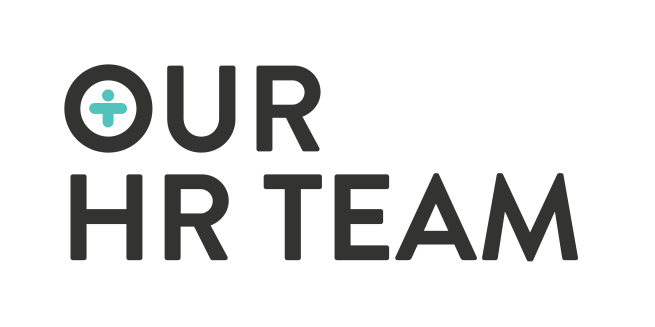By Kylie Lynam | Director

Requests for Flexible Work Arrangements and Parental Leave are two of the eleven defined National Employment Standards (NES) that make up the minimum entitlements for employees in Australia.
These entitlements are also outlined in the Fair Work Information Statement that is issued to every new employee when they commence employment.
Other workplace instruments can’t provide for conditions that are less than the NES so it is important that businesses understand their duties and the requirements, particularly as and when changes are introduced.
Requests for Flexible Working Arrangements
There are several changes that will come into effect from 06 May 2023. These include:
- Expansion of the circumstances in which an employee may request a flexible arrangement. Will include where an employee or a member of their immediate family or household, experiences family or domestic violence.
- increase in an employer’s obligations when considering an employee’s request, with the aim of supporting or improving an employee’s access to flexible working arrangements, and
- introduction of dispute resolution provisions that empower the FWC to make orders where an employer refuses an employee’s request, including:
- whether the employer has reasonable business grounds to refuse the request, or
- where the employer has not responded to the request within the required 21 days
Parental Leave
There are changes to unpaid parental leave that come into effect from 06 June 2023. These include:
- New rules apply to employers who intend to reject an application from an employee to extend their unpaid 01 July 2023. parental leave beyond 12 months. Employees will also be able to appeal to the Fair Work Commission if they are unhappy with the outcome of their request.
There are changes to paid parental leave that come into effect from 01 July 2023. These include:
- The existing maximum 18 weeks’ parental leave pay will be combined with the two weeks’ father and partner pay to provide a single 20-week scheme, which can be shared between parents.
- The maximum parental leave one parent could receive is 18 weeks. For example, one parent could receive 18 weeks pay, and one parent 2 weeks’ pay, or both parents could receive 10 weeks pay each, etc.
- Employees who are single at the time they claim will be able to receive the full 20 weeks’ parental leave pay.
- Claimants will now be able to receive parental leave pay in multiple blocks, of at least a day at a time, up to two years from the birth or adoption of their child.
- The means test for eligibility will be amended by introducing a $350,000 per annum family income test. This will mean that there is no requirement for the claimant to meet the individual income test.
Next Steps
It is really important that if you have policies already in place that you update these to ensure they reflects the appropriate requirements and that they clearly outline both the employee and employer obligations.
If you need any assistance drafting policies or adjusting existing policies to conform to the new requirements, do not hesitate to get in touch on 1300 1 OUR HR (68 747)




